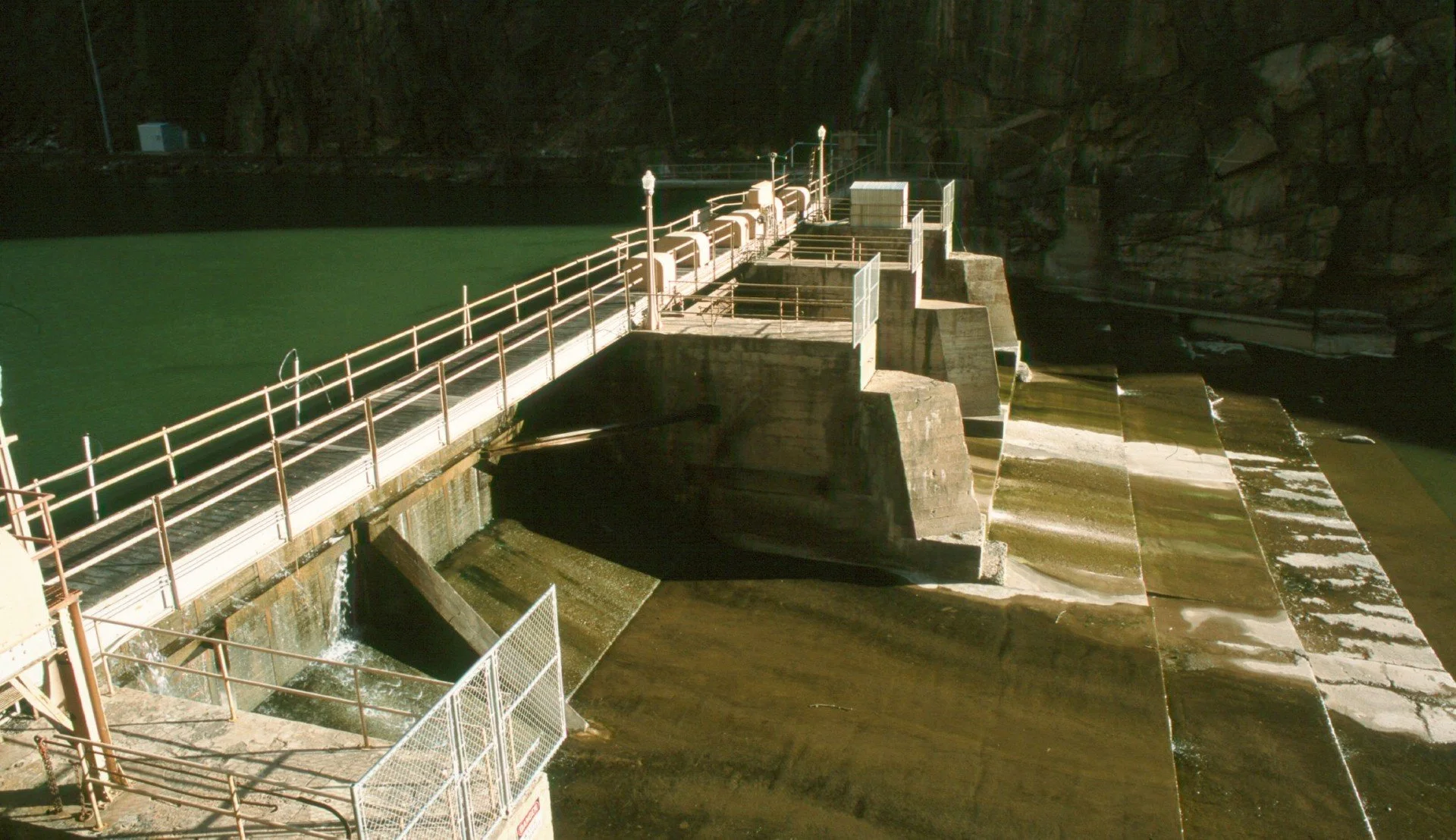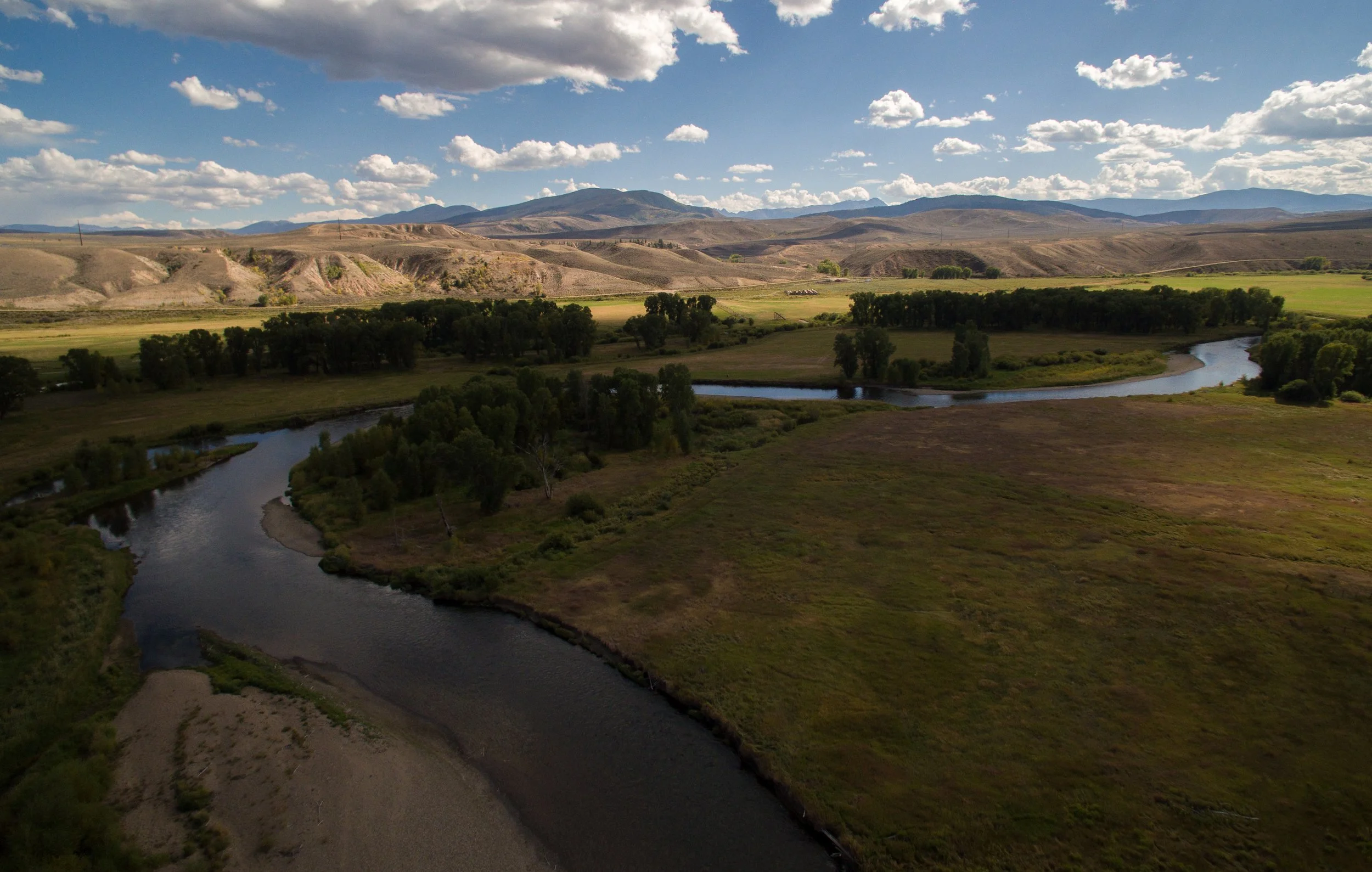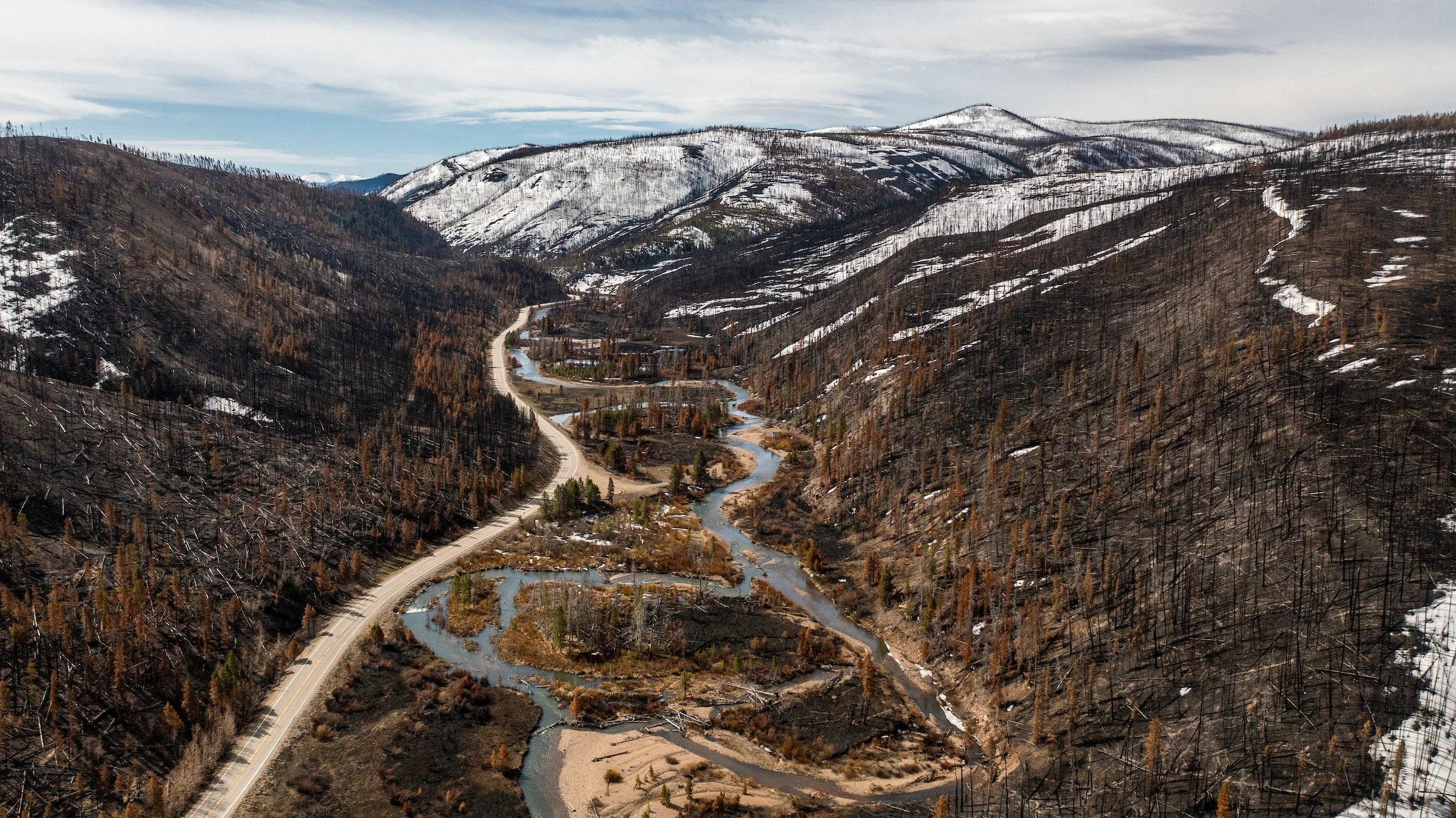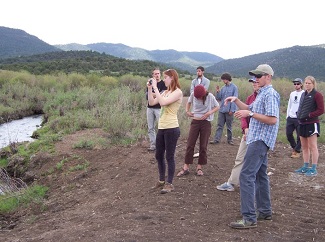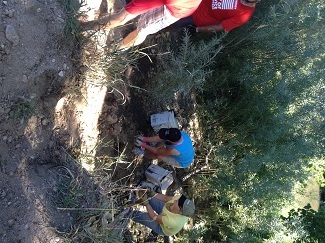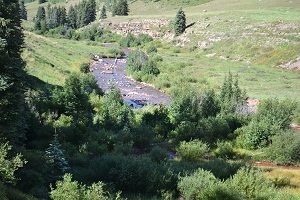As commercial-scale wind and solar projects become an increasing presence on our public lands, sportsmen, state and county governments are stepping up to support the Public Lands Renewable Energy Development Act (Senate Bill 279 and House Resolution 596) that have been introduced in U.S. Congress. These renewable energy projects take up large chunks of land for long periods of time, and may cause some unavoidable impacts on fish, wildlife and water resources and recreational access. The Public Lands Renewable Energy Development Act offers a way to offset unavoidable impacts by creating a conservation fund derived from royalties and other revenues generated by public land wind and solar energy projects. SB 279 would establish a formula for the distribution of wind and solar lease revenue where:
-25% would go to the state where projects are sited; -25% would go to the counties where projects are sited; -15% would fund the Interior Department to process wind and solar lease applications; -35% would be deposited in a fund for fish, wildlife, and land conservation. -Under H.R. 596, 25% of revenues would be deposited in the conservation fund, and 10% would be put toward deficit reduction.
Another important component of the Public Lands Renewable Energy Development Act is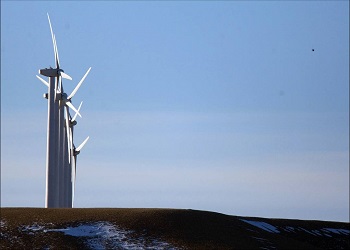 that it can lead to a better framework for the federal agencies managing wind and solar on public lands. Right now land managers are using rights-of-way and special use permits—tools better suited to permitting irrigation ditches or cell phone towers than large-scale energy projects. SB 279/ HR 596 are needed to provide specific direction for how best to administer wind and solar energy projects on public lands.
that it can lead to a better framework for the federal agencies managing wind and solar on public lands. Right now land managers are using rights-of-way and special use permits—tools better suited to permitting irrigation ditches or cell phone towers than large-scale energy projects. SB 279/ HR 596 are needed to provide specific direction for how best to administer wind and solar energy projects on public lands.
Specifically, these bills:
• Create a pilot program to determine whether and how to transition to a leasing program for public land wind and solar projects. • Establish a royalty fee for public land wind and solar projects • Outline a clear process for current and pending projects to transition to a leasing system
In Colorado, the bills continue to garner support and are currently supported by TU, CTU, the National Wildlife Federation, the San Luis Valley chapter of TU, Montezuma County, Clear Creek County, the San Luis Valley County Commissioner’s Association. Additionally, the Western Governors’ Association supports the leasing and royalty concept in the Bills.
Colorado congressional representatives also support the legislation with Senators Udall and Bennet cosponsoring S279, and Representatives Coffman, Degette, Gardner, Perlmutter, Polis, and Tipton signing on as co-sponsors in the House. Please thank them for their support should you have the chance during a district meeting with them.
Should you need more information on either of these bills or want to add your name in support of the Public Lands Renewable Energy Development Act, please contact Bob Meulengracht at 303-514-8227 or rmeulengracht @tu.org.


